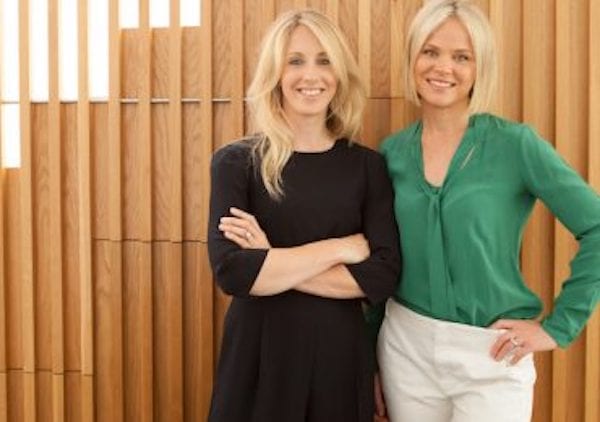Imagine a world where instead of Minister Kelly O’Dwyer’s announcing:
“I no longer want to consistently want to miss out on seeing my children when they wake up in the morning or go to bed at night SO I’m resigning”
She declares an empowered…
“I no longer want to consistently miss out on seeing my children when they wake up in the morning or go to bed at night SO I’m re-designing the job – cutting the portfolio in half and Skyping into parliament from home on Thursdays & Fridays”
Perhaps the Minister’s decision is just the high-profile, shocking message Australia needs to hear, to finally make the change she has been calling for all along.
It’s a story that is repeated across Australia and around the world on a daily, if not hourly, basis. Choose between your family and your career. It’s a binary decision – all in or all out.
Wouldn’t Australia be better off if we could provide a workplace where we could still benefit from Minister O’Dwyer’s 13 years of experience in Parliament? Her recent Statement for Economic Security is one example of the impact which can be made with expertise, commitment and a vision for a better world. Women’s workforce participation, men’s access to part-time opportunities, and better avenues from domestic violence are three areas this Statement aims to support.
Wouldn’t Australia be better off if we could provide more adaptable and flexible workplaces all over the country, in large businesses, small businesses, government organisations and not-for-profits?
Just think of all the talented women and men who are either drowning in a full-time role — trying to hold it down at the same time as the rest of life — or have opted out, which is a waste to our economy and a shame to the people who should be using their expertise and getting paid for it.
We’ve all heard the story. We all know a handful of people who have faced it. And we all wish we had some version of more balance ourselves, kids or not!
But, how many of us know someone who’s done something about it? If we had all heard this story, all knew a handful of people who had done something about it, and all figured out more balance for ourselves, maybe the storyline would be different.
These stories are not common, but there are individuals and businesses who are doing something about it (and reaping the rewards). It’s not a pipe dream, we are just talking about rethinking the way work is done. Moving from 1948 to 2019.
So what does it take?
- Leaders who want to create an adaptable workplace. This takes a conscious decision from the very top. It takes CEOs to say: we want to retain the very best people, whenever they are available, in a way that helps our people stay healthy and fulfil on other parts of their lives which bring them joy (or which they just have to do!).
- Managers who want to tap into broader, new talent pools who are rich with experience. They will need to adopt more sophisticated management in terms of budgeting for their teams, the team’s ways of working, and being more agile and organised with communications. But all of this is easily doable with some planning and thought.
- HR partners who are willing to innovate and support business adaptability. Roles need to be designed for part-time. This involves some organisational design tools and consultation with partners in the business. But with the right tools, it is easy, and results in more productive, efficient teams.
- CFOs and Heads of Finance to undertake headcount planning based on budgets, not ‘headcount’. An easy change.
- Anyone, in any role, to ask whether there could be a benefit to their business if they were to hire someone new, just 2-3 days a week. Or to ask whether there might be a better way for the team to work right now. To highlight the business risk of burnout, the risk to people’s health, and to their ability to maintain careers.
- A change in mindset! A departure from the 40 hour work week mentality… to embrace the future of work: what capability do I need to drive my business forward and how can I tap into it? Do I really need someone here all the time? Or would it be better to bring in specialists for chunks of every week, or for discreet projects? What if I could afford to bring in someone to help with that challenge, just a couple of days a week?
So consider this moment an opportunity to raise the conversation at your workplace and to ask your team how they would like to work. This is a moment to ask how the open roles on your team could be done in non-traditional work weeks. And to consider how your roles could be re-designed to allow them to co-exist with other parts of people’s lives, so more parents can see their children when they wake up in the morning and go to bed at night?
This conversation is the start of the future of work, a future of adaptable workforces that are as high performing and diverse as the people working there.
What greater legacy could a Minister for Women leave?
Steph and Vic are Founders and Co-CEOs of Beam Australia, the home of career-worthy, part-time jobs. Beam works with employers to redesign workforces and roles so they can attract and keep amazing people in the workforce and give everyone more balance.


